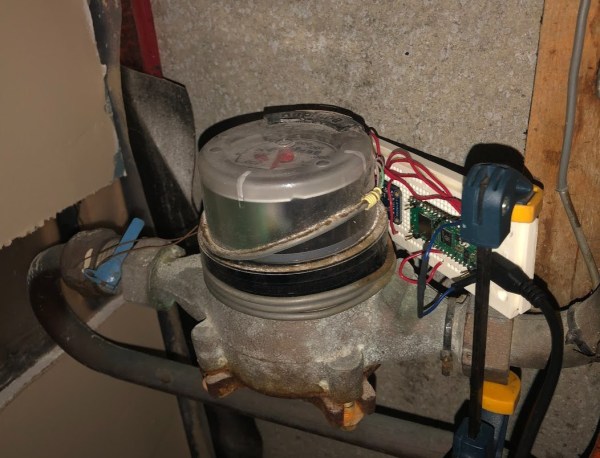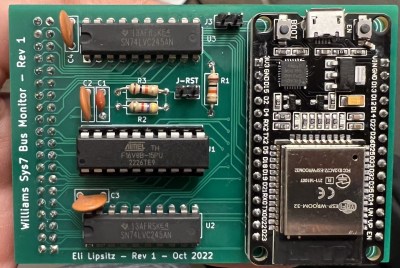There are plenty of reasons to devote oneself to the care of houseplants — after all, a room full of bright, glossy-leaved plants can be a joy to behold, and that’s not even one of the more tangible benefits they bring. But as any green thumb knows, there’s a fine line between a healthy, vibrant plant and one that’s soon to give up the ghost.
If your thumb tends less toward green and more toward the brown and crusty side of things, something like [Jon]’s Smart Plant system might be just the thing for you. These low-power plant tags are built around increasingly ubiquitous e-Paper displays, like the kind you might find in a retail shelf price tag system. The current version of [Jon]’s tags uses a Waveshare 2.9″ tricolor display and a PCB with capacitive probes that stick into the plant’s soil. An ESP32-S lives on the top section of the PCB, along with a 1,000 mAh LiPo pack that’s charged off USB-C. The design includes an optional solar panel for keeping the battery topped off, which may or may not help depending on the plant’s place in your personal jungle.
In addition to the soil moisture sensor, the Smart Tag has an ambient temperature and humidity sensor and a light sensor — everything to keep your plant happy. The power-hungry sensors are only powered on when the Smart Tag pops out of deep sleep; this gives and estimated five to six weeks runtime between charges, without solar charging of course. The e-Paper display shows custom graphics of the plant’s current environmental state, and the same data is also available via Home Assistant thanks to the ESPHome firmware.
These are nice-looking plant tags that can really pull a lot of weight in keeping plants healthy. Check out the other offerings in our Low Power Challenge Contest, and maybe get an entry together yourself.



















